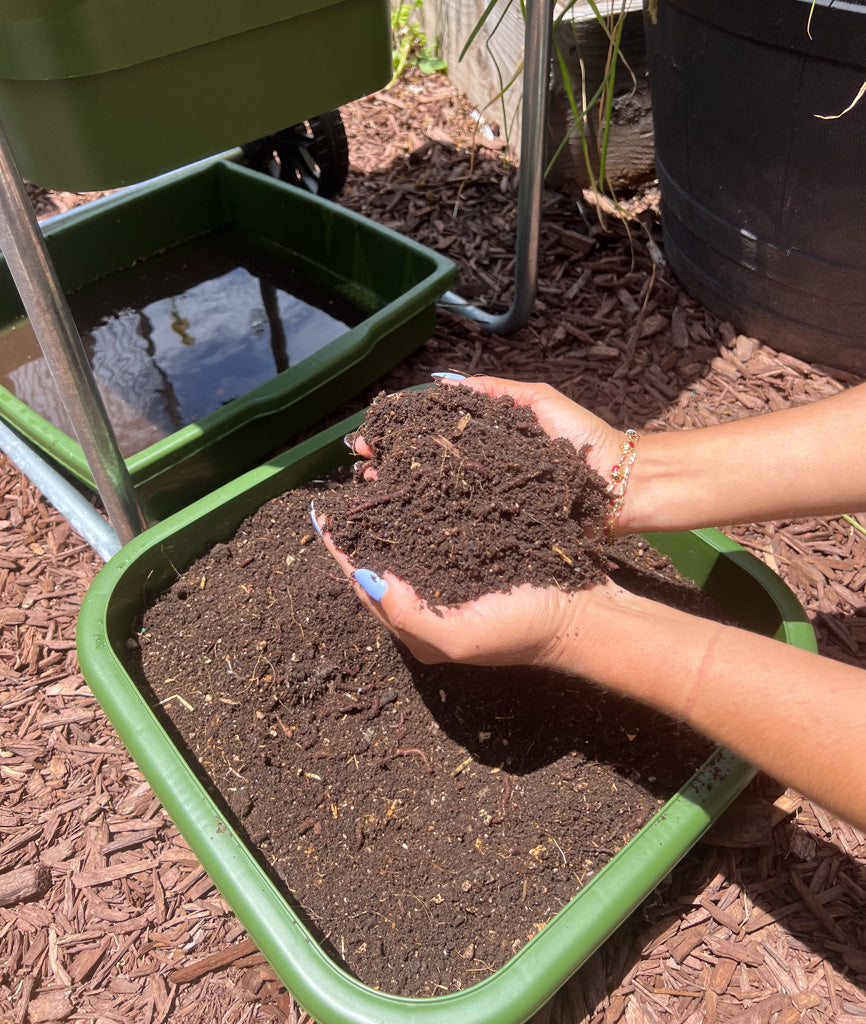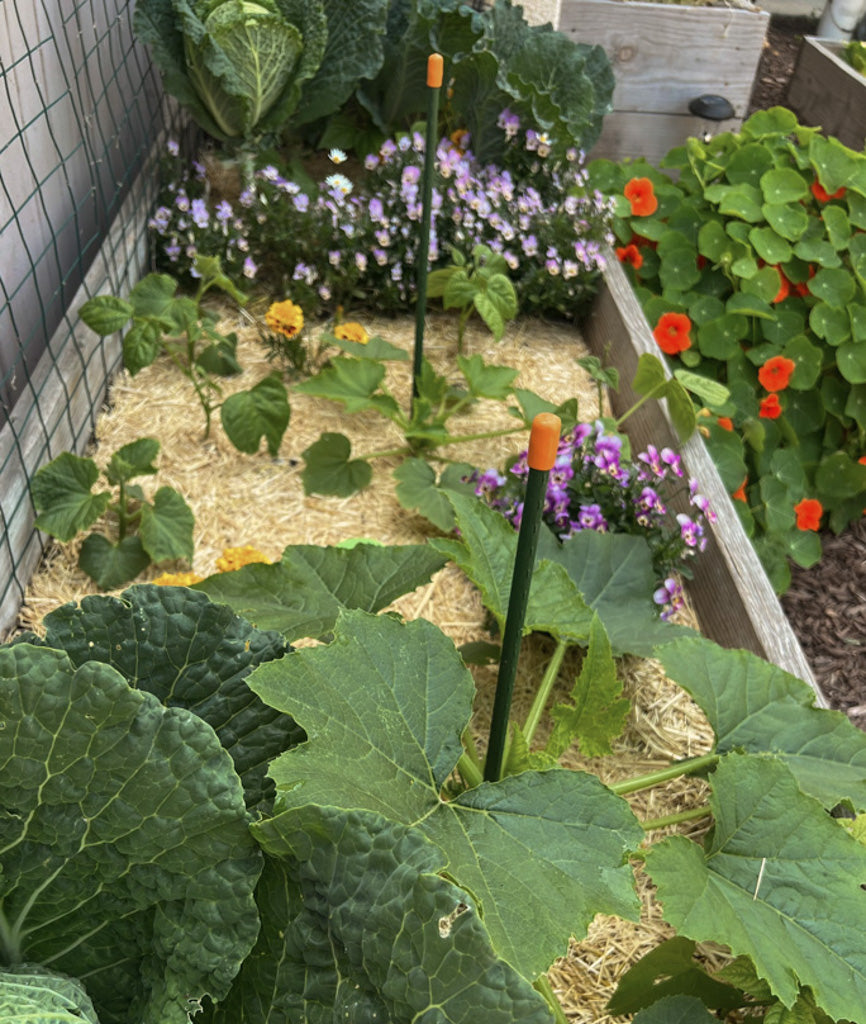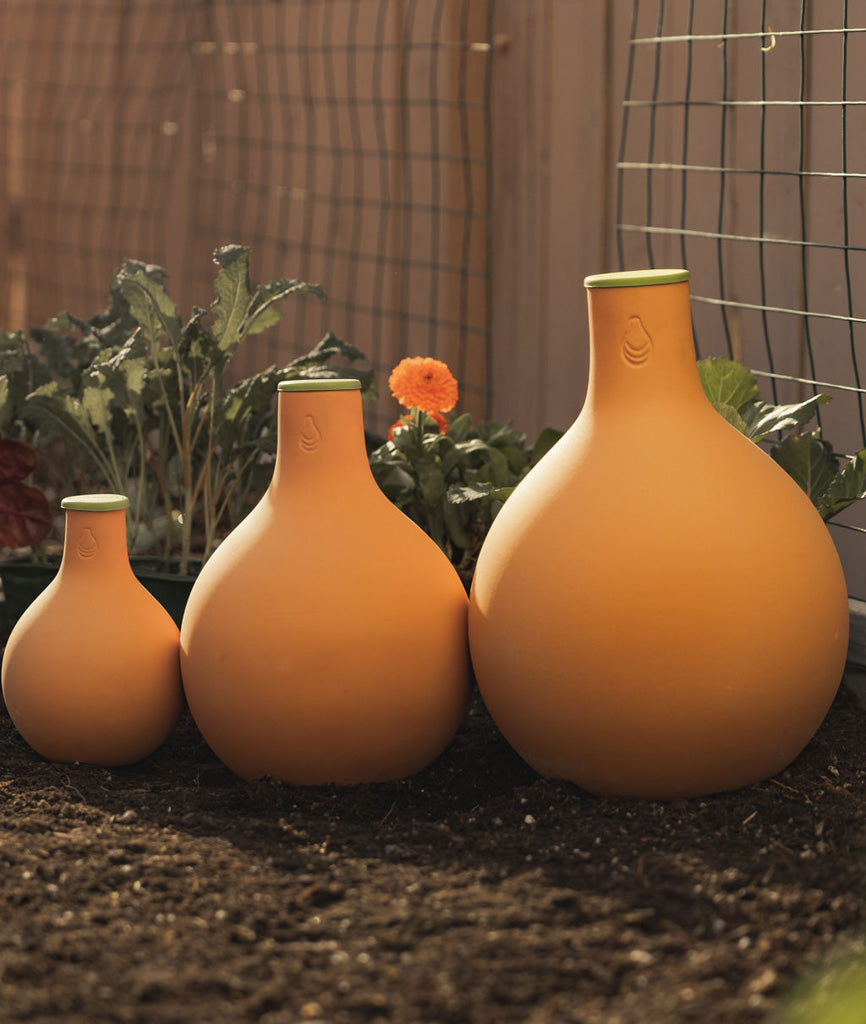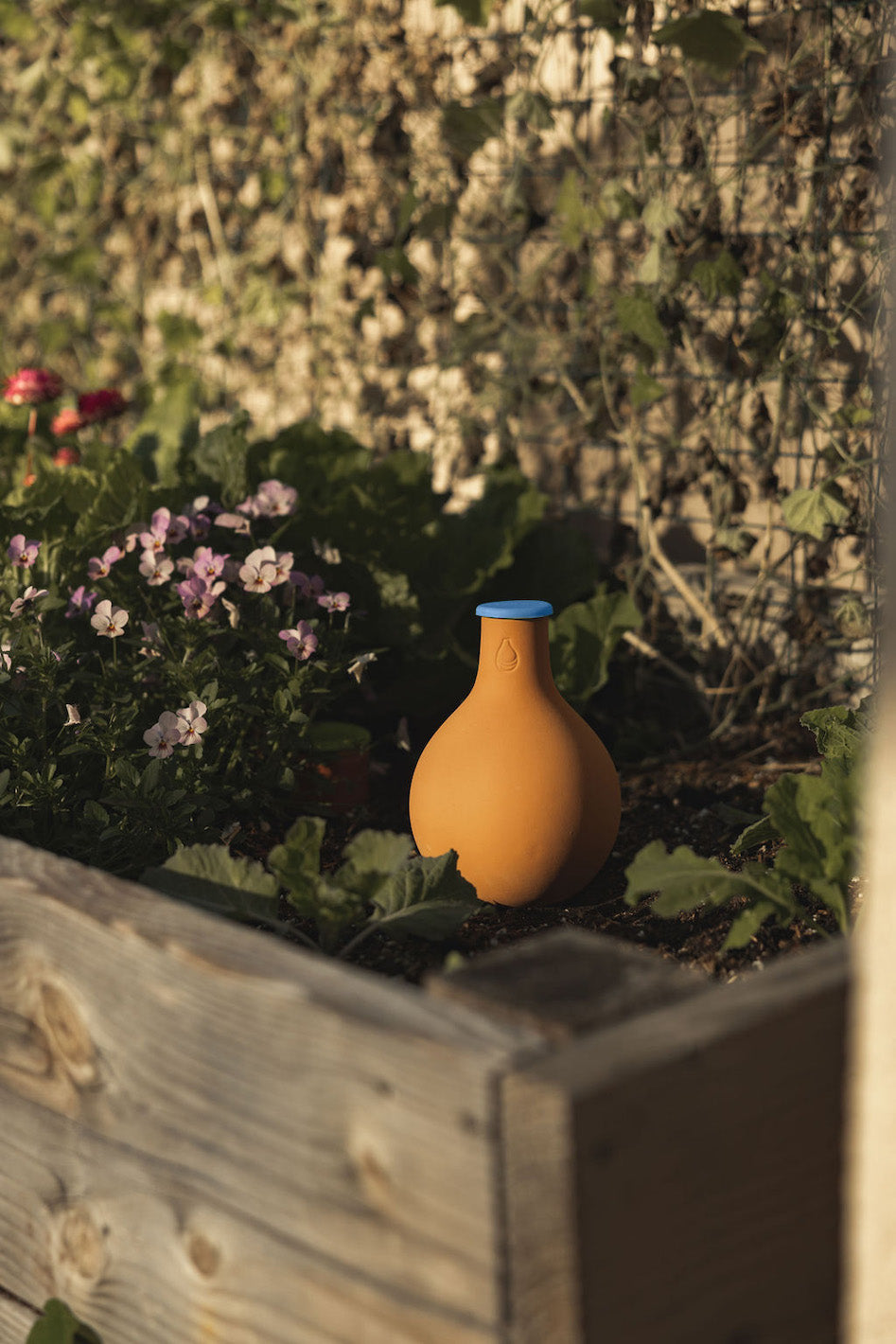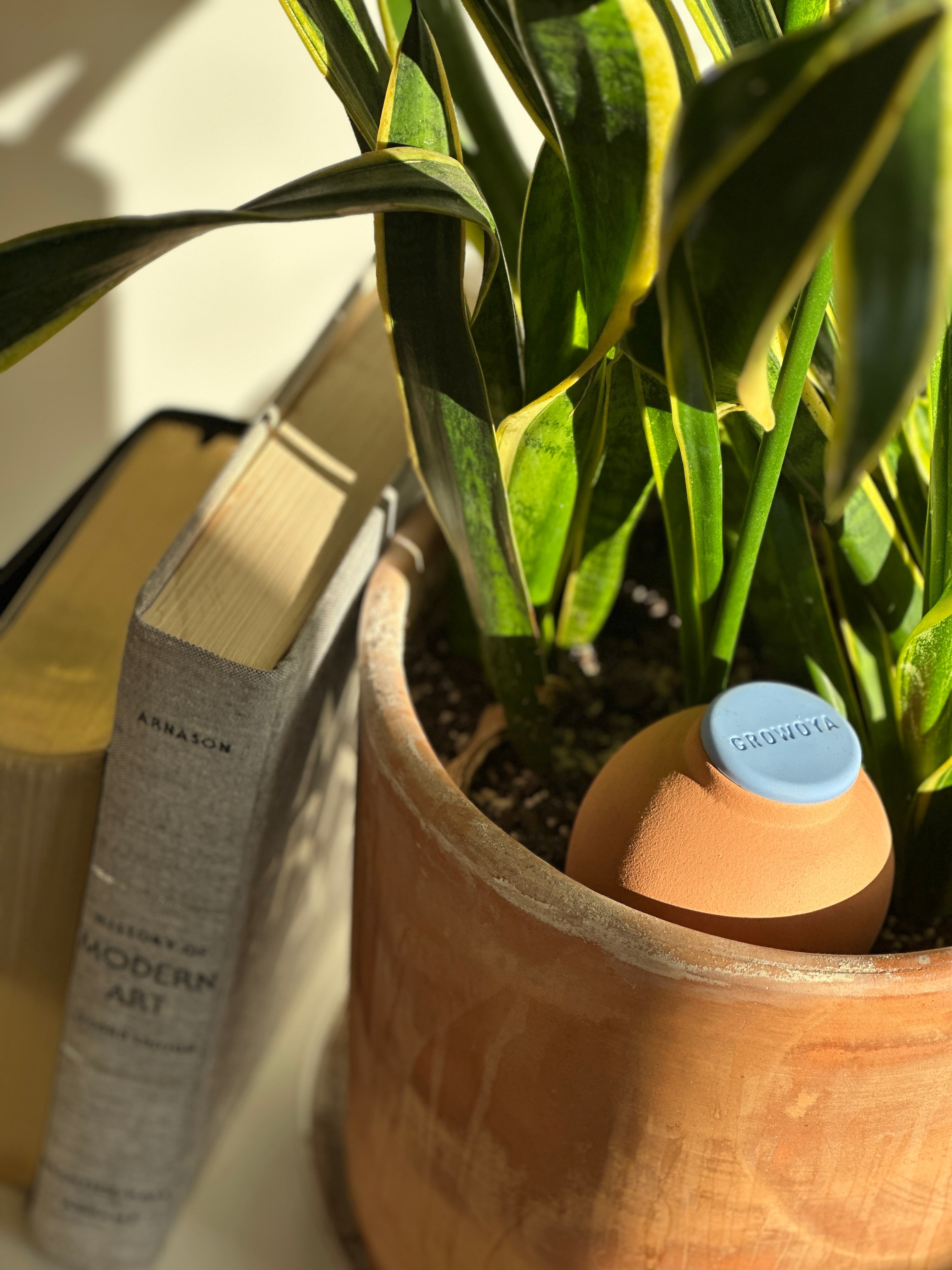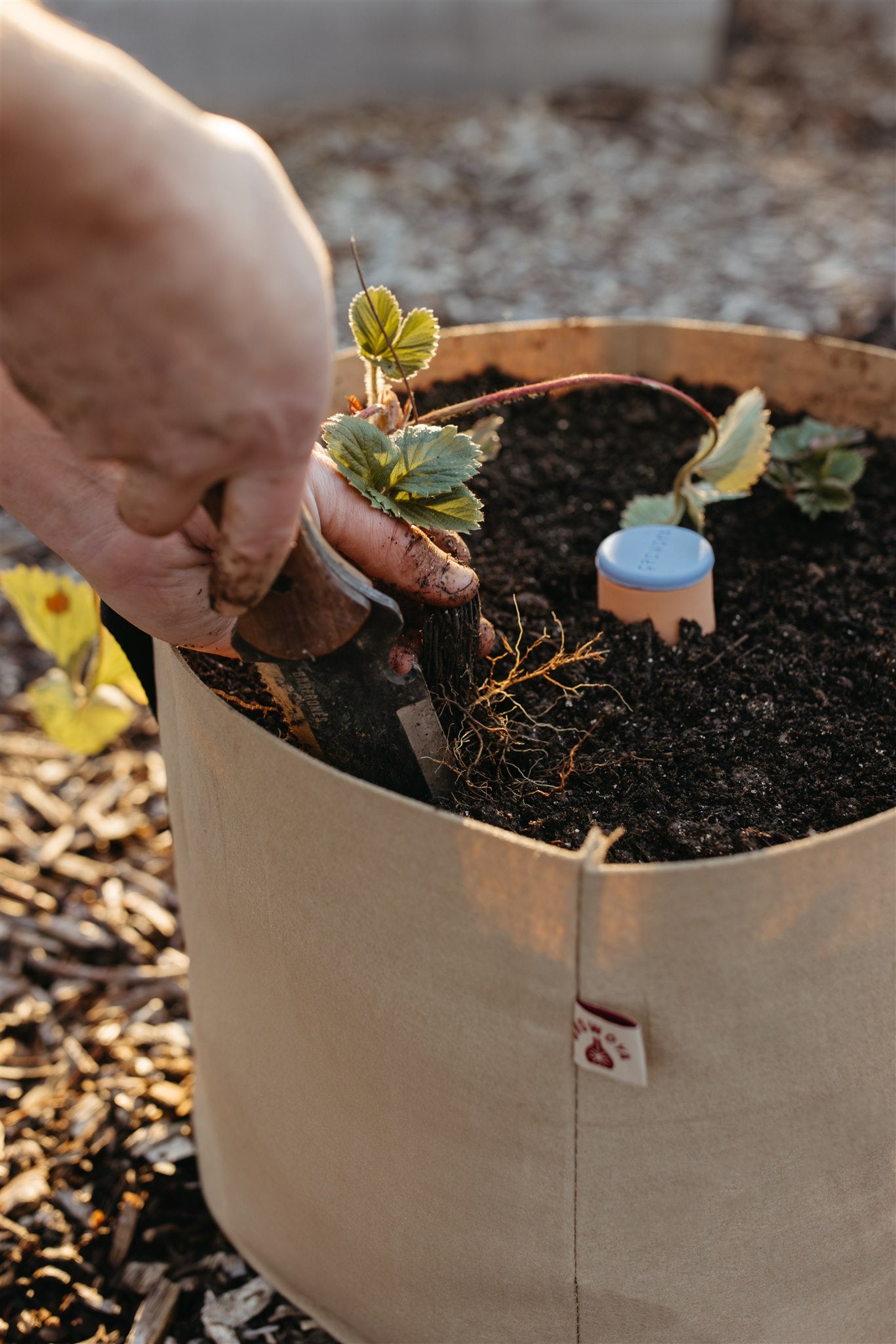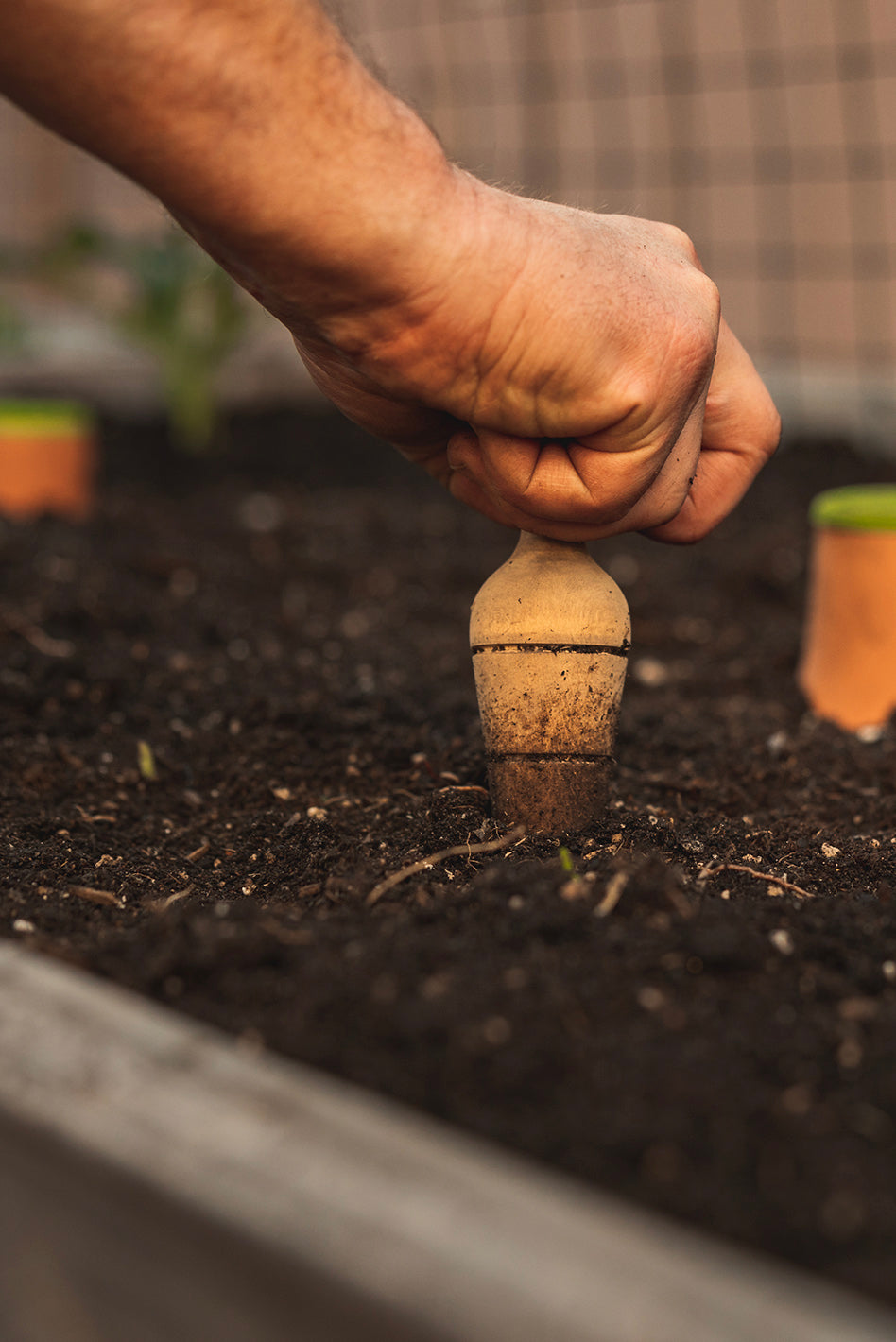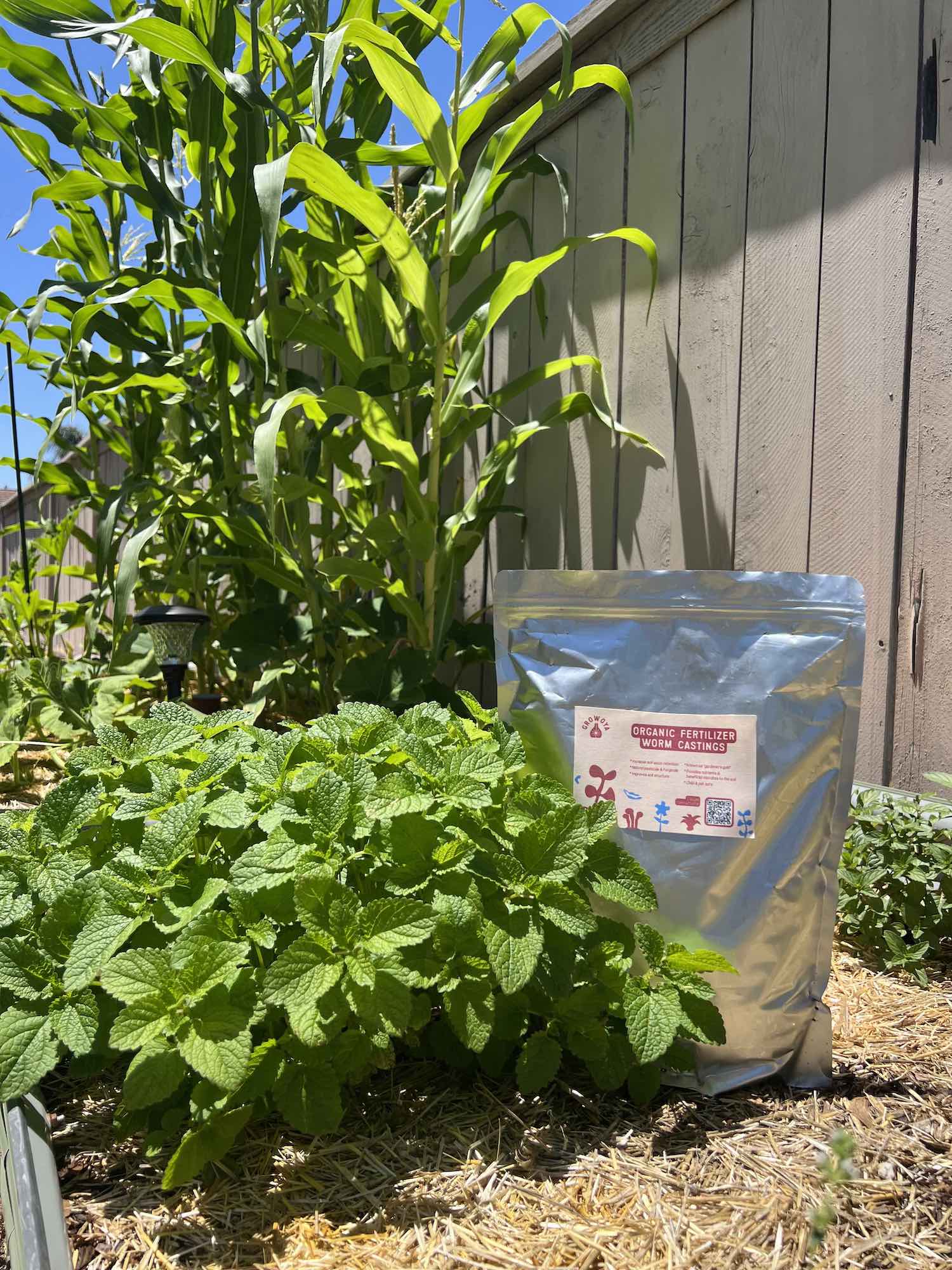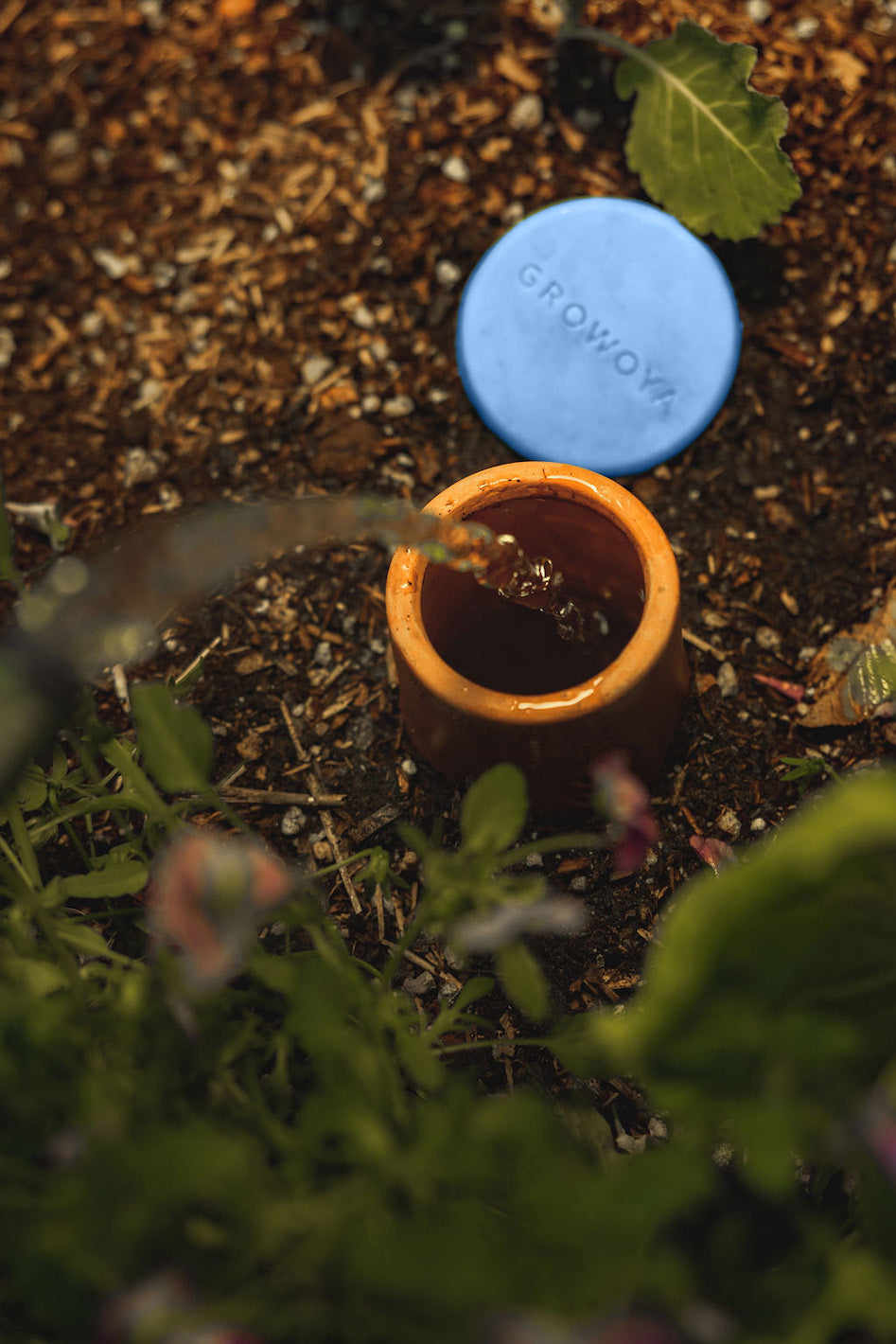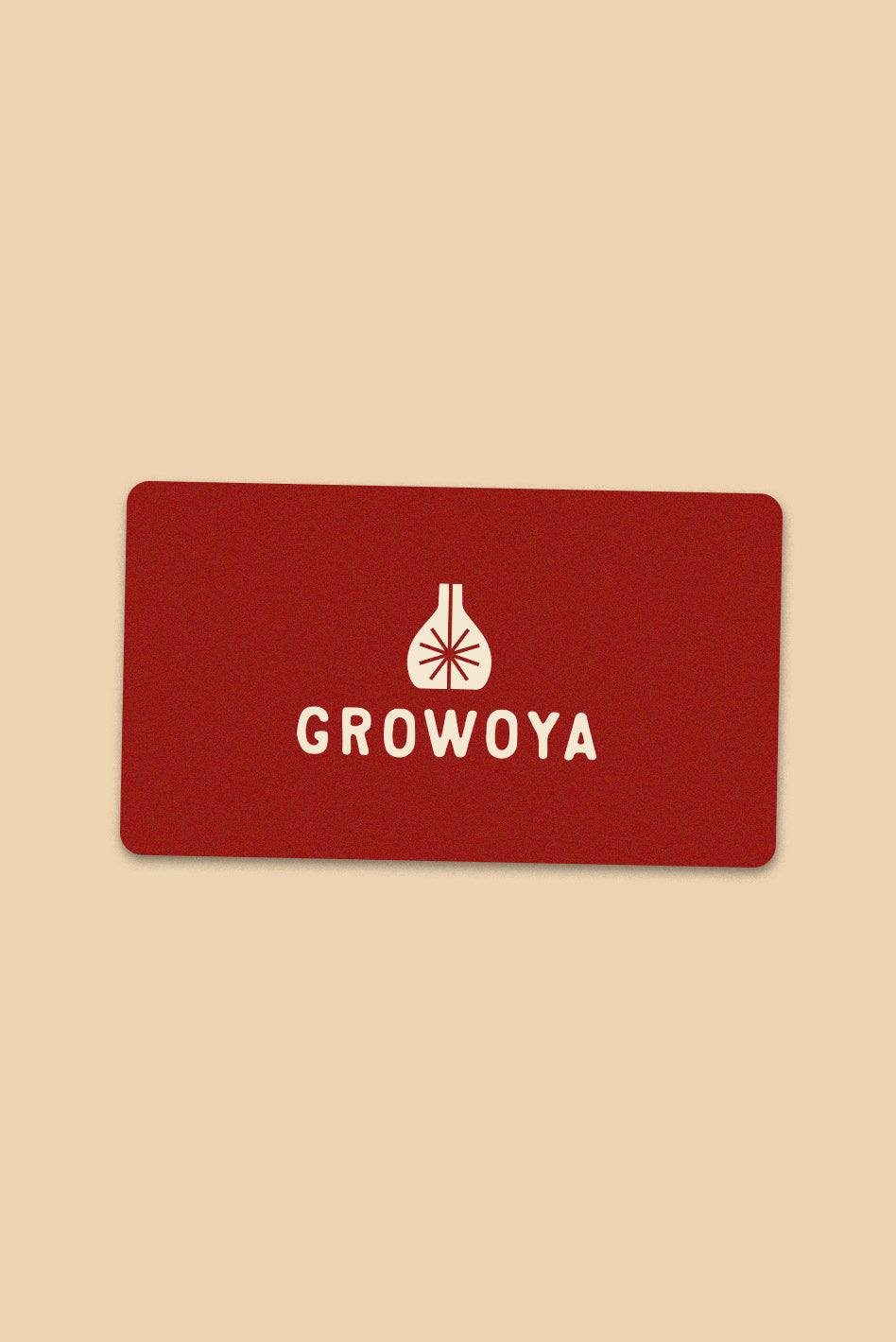Composting is a powerful way to reduce waste, minimize your ecological footprint, and create nutrient-rich soil for your garden. Among the various composting methods available, The Hungry Bin stands out as an innovative and efficient vermicomposting system.
Designed to make composting with worms easier and more effective, the Hungry Bin is a sleek, odourless, and compact solution that can be used both indoors and outdoors. Here is a step-by-step list of how to use the Hungry Bin effectively and maximize its composting potential.
Set-Up:
- Find a shaded or partially shaded location for your Hungry Bin.
- Assemble the bin according to the manufacturer's instructions.
- Prepare damp bedding using shredded newspaper, coconut coir, or cardboard.
- Add a couple of pounds of our Red Wiggler Composting Worms to the bedding.
- Cover the bin with the lid.
Feeding:
- Start with small amounts of food scraps and gradually increase as the worm population grows.
- Use organic materials like fruit and vegetable scraps, coffee grounds, tea bags, crushed eggshells, and shredded paper.
- Chop or blend the food scraps into small pieces.
- Bury the food scraps in the bedding and cover them with a layer of bedding material.
- Avoid feeding dairy, meat, oily foods, or citrus peels.
- Maintain proper moisture levels by misting with water if dry or adding dry bedding if too wet.
Maintenance:
- Monitor the temperature, keeping it within the range of 15°C to 25°C (59°F to 77°F).
- Occasionally fluff the bedding to provide airflow and prevent compaction.
- Harvest the vermicompost or worm castings after a few months.
- To harvest, push the contents of the top tray to one side and add fresh bedding and food on the other side or use the migration method.

